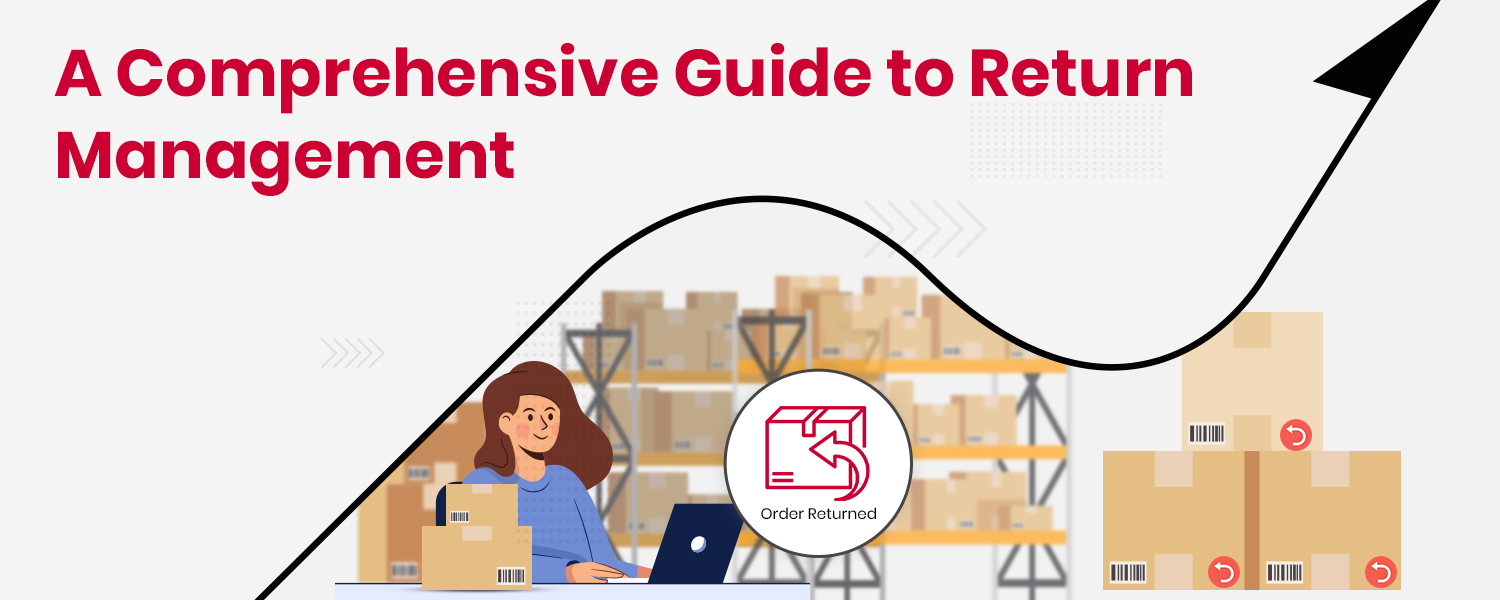With eCommerce return rates soaring up to 30%, understanding and mastering returns management is not just a necessity; it’s a strategic advantage. Efficient return handling can significantly impact customer satisfaction and your operational workflow. Let’s dive into the world of eCommerce return management and explore how you can turn this challenge into an opportunity for your business.
What is Return Management in the Supply Chain?
Return Management is the strategic process of handling the return of products from customers back to the retailer or manufacturer. It’s an integral part of the broader concept known as reverse logistics, which involves moving goods from their typical final destination to capture value or proper disposal.
Exploring the Types of Returns Management in eCommerce
In-House Returns Management
In the landscape of eCommerce, in-house returns management represents a hands-on approach where businesses handle all aspects of the returns process internally. This model is especially suitable for small businesses due to its direct control over every stage of the process.
Third-Party Logistics (3PL) Returns Management
Third-party logistics (3PL) providers specialise in handling logistics operations, including the returns process. They take over the tasks of receiving returned items, inspecting them for quality, processing refunds or exchanges, and managing the logistics of shipping returned products. NimbusPost offers AI-driven courier recommendations to find the best 3PLs that can streamline the returns process by leveraging their expertise in logistics and established infrastructures.
Dropshipping Returns Management
Managing returns in dropshipping involves understanding and navigating the return policies of various suppliers, which can vary significantly. Because dropshipping involves dependence on suppliers’ policies, effective communication with suppliers is crucial to ensure a smooth returns process.
Benefits of Return Management
- A streamlined returns process is synonymous with a reassuring safety net for customers. It conveys a message of trust and reliability, assuring customers that their concerns are addressed with agility and empathy.
- Efficiently managed returns streamline workflows, reduce the time and resources spent on processing returns, and reduce eCommerce shipping costs.
- A seamless and customer-friendly returns experience can greatly enhance a brand’s reputation, leading to positive reviews and word-of-mouth referrals.
- Analyzing return patterns can help businesses identify product defects, customer preferences, and areas for improvement. This information can be used to make strategic decisions about product development, inventory management, marketing strategies, and overall business direction.
Explaining the Returns Management Process
Receiving Returns
The returns process in eCommerce commences when a customer decides to send back a purchased item. The pivotal aspect here is having a clear and accessible return policy that customers can easily understand and follow.
Inspection and Quality Control
Once the returned item reaches the warehouse or return center, it undergoes a thorough inspection. The purpose of this stage is to assess the condition of the item and ensure it aligns with the reason for the return as stated by the customer.
Restocking
Generally, items that are in their original condition, have not been excessively used, and are still in demand are restocked. The process of reintegrating these items into inventory should be swift to minimise inventory carrying costs and maximise the chances of resale.
Refurbishment
In instances where items are not in a condition to be directly restocked, refurbishment comes into play. This involves repairing or restoring the items to a sellable condition.
Disposal
For items that cannot be restocked or refurbished, disposal is the last resort.
Credit or Refund
When it comes to reimbursements, businesses need to decide their approach to issuing refunds or store credit. This stage requires balancing customer satisfaction with the company’s financial health.
Conclusion
Effective eCommerce return management is a critical element in building a successful online business. It’s a fine balance between enhancing customer satisfaction and maintaining operational efficiency. With the right strategies and tools like NimbusPost by your side, you can turn the challenges of returns into opportunities for growth and customer loyalty. Remember, in the competitive landscape of eCommerce, a well-managed returns process is a front-line opportunity to demonstrate your commitment to customer service and quality. Embrace these strategies on how to reduce returns in eCommerce and watch your business thrive!
FAQs
What are the Returns management examples?
Returns management in eCommerce involves various strategies and processes to handle product returns efficiently. For example, online retailers provide customers with self-service return portals where they can initiate returns, print shipping labels, and track return status, streamlining the process for both parties.
Returns management vs reverse logistics: Which is better?
Returns management is the process of handling returned products, while reverse logistics is the process of returning goods up the supply chain.




